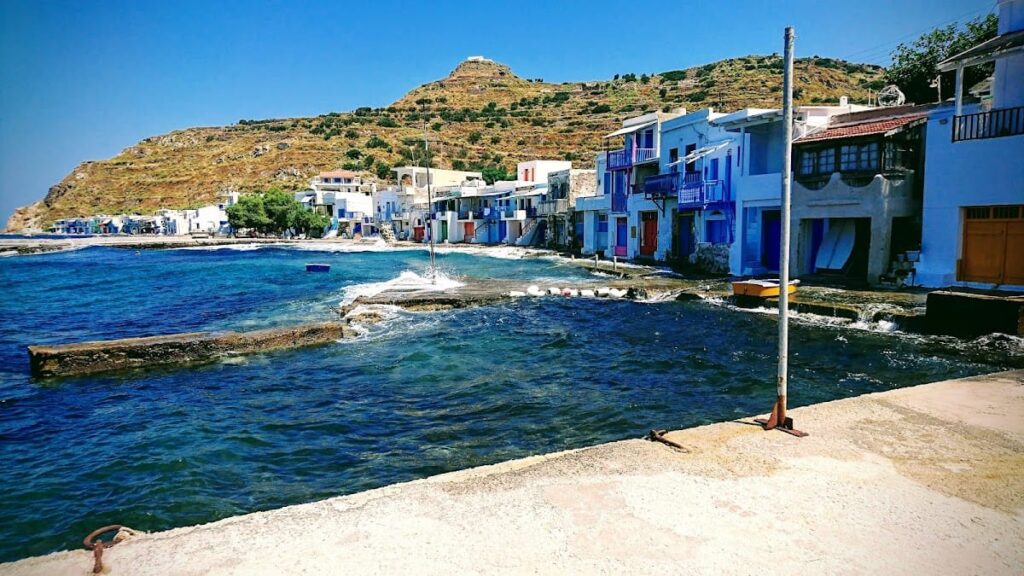Ancient Theater of Milos: A Historic Cultural Venue in Greece
Visitor Information
Google Rating: 4.6
Popularity: Low
Google Maps: View on Google Maps
Country: Greece
Civilization: Greek, Roman
Remains: Entertainment
History
The Ancient Theater of Milos is located on the island of Milos in Greece, positioned between the villages of Trypiti and Klima. It was originally built in the 3rd century BC during the Hellenistic Period by the local Greek inhabitants. The theater’s placement overlooking Milos Bay suggests it was intentionally situated to take advantage of the natural landscape and sea views.
Between the 1st and 4th centuries AD, the theater underwent significant rebuilding and expansion under Roman influence. This long construction process reflects multiple phases of development, adapting the original Hellenistic structure to Roman architectural and cultural preferences.
The site gained additional historical importance in 1820 when the famous Hellenistic statue known as the Venus of Milo was discovered nearby. This find linked the theater to broader cultural and artistic achievements of the ancient world. The theater itself was first uncovered in 1735, with formal excavations beginning in 1816-1817 led by German architect Carl Haller von Hallerstein. He acquired the site for Ludwig I of Bavaria, and it was later donated to King Otto of Greece.
Restoration efforts have continued into the modern era, with major work completed by 2016. These efforts have allowed the theater to regain its function as a cultural venue, preserving its historical legacy and architectural form.
Remains
The Ancient Theater of Milos is built primarily on a natural slope, forming a horseshoe-shaped seating area known as the cavea. It faces south and originally featured seven tiers with up to nine rows of seats, allowing the theater to hold approximately 5,000 people in its original form.
The seating is made of pristine white Parian marble, a high-quality stone prized in antiquity. Local andesite, a volcanic rock, was used for the side retaining walls, especially on the western side where excavation has revealed these structural elements. The theater’s design takes advantage of the terrain to create excellent acoustics and panoramic views of the Aegean Sea and Milos Bay.
The orchestra, the circular performance space at the center, lies about 1.7 meters below the level of the diazoma, a horizontal walkway dividing the seating sections. This area was designed as an arena, with a vertical rock face between the orchestra and diazoma decorated with marble slabs, adding to the theater’s visual appeal.
Foundations and scattered architectural fragments of the stage building remain visible on site. These elements show architectural influences similar to those found in Asia Minor, indicating cultural connections across the region. After restoration, the theater’s capacity has been reduced to about 700 spectators, reflecting conservation efforts and modern safety standards.
Overall, the theater’s remains are a combination of well-preserved marble seating, partially excavated retaining walls, and visible stage foundations.





